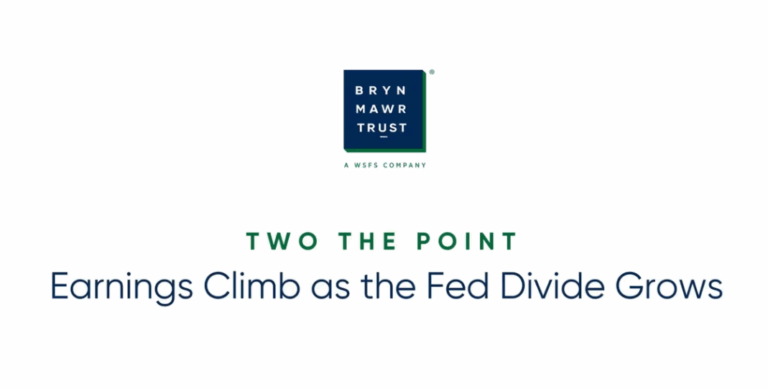As we settle into the new year, the U.S. economy shows signs of moderation after a robust 2024. While the labor market remains resilient, mixed signals across inflation and monetary policy suggest slower growth ahead, emphasizing the importance of a disciplined, long-term investment approach.
Key Insights:
- Economic Growth: U.S. real GDP growth in 2024 exceeded 3% at times but is expected to slow toward a 2% trend in early 2025, as suggested by fading Atlanta Fed tracking estimates.
- Labor Market: December nonfarm payrolls beat expectations with a gain of +256,000 jobs, reducing the unemployment rate to 4.1%. Notable job increases included healthcare (+46K), retail (+43K), and leisure/hospitality (+43K).
- Inflation Trends: December Producer Price Index (PPI) rose +0.2% month-over-month, below consensus (+0.3%). Final demand PPI for 2024 increased by 3.3%, with food prices contracting (-0.1%) and energy prices jumping (+3.5%).
- Monetary Policy: The Fed executed a “hawkish cut” in December and is expected to hold rates steady in January. Market pricing for the next rate cut has shifted to October 2025.
- Inflation Risks: Inflation tends to return in waves. Contractual factors, such as rents and labor deals, create a lagging impact, reinforcing the importance of monitoring supply shocks and structural shifts.
- Global Dynamics: Diverging global monetary policies have bolstered the U.S. dollar, but ongoing shifts in international growth and inflation dynamics may limit its strength moving forward.
Begin your journey
Have questions?
Speak with an financial expert.








